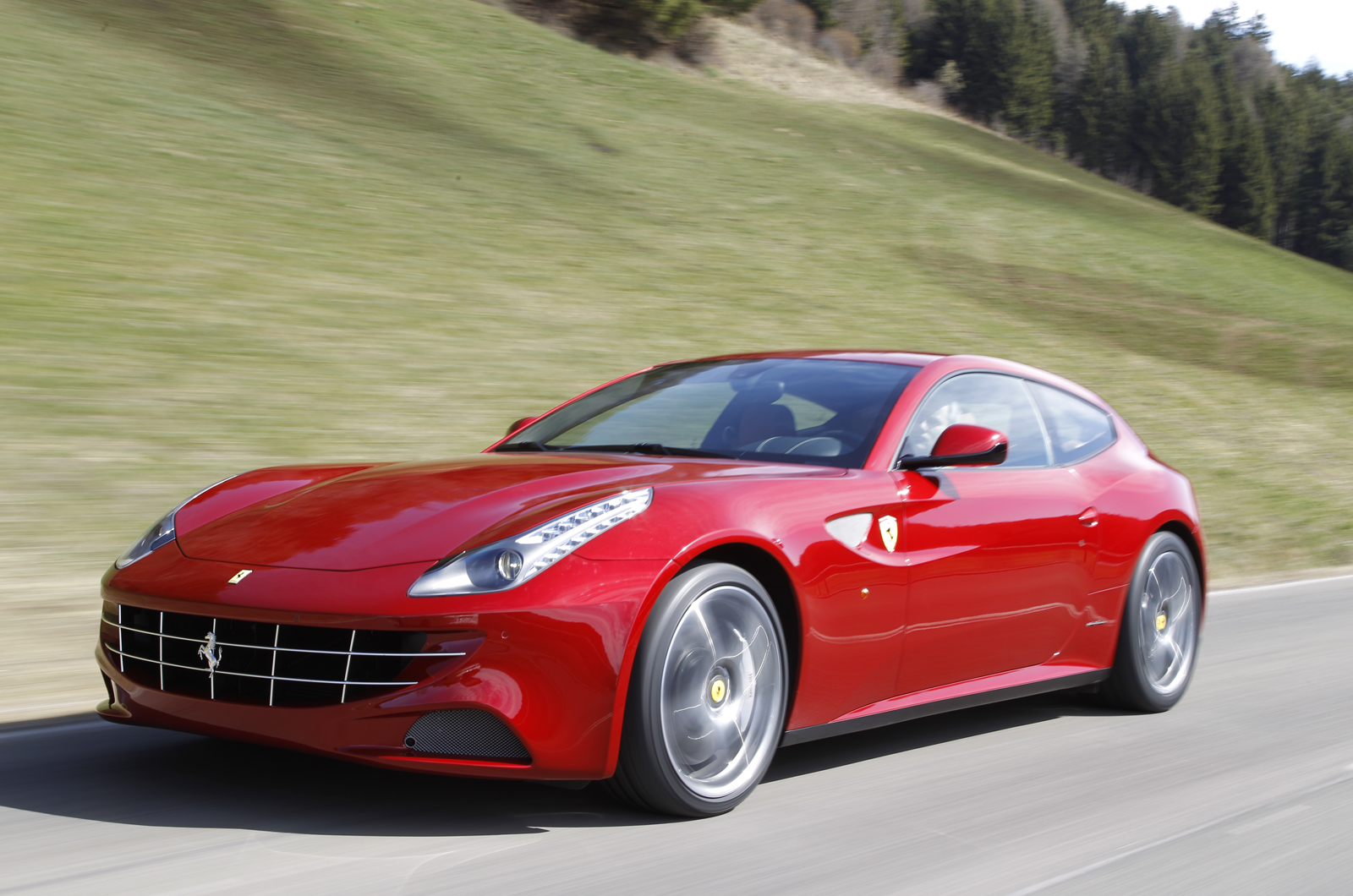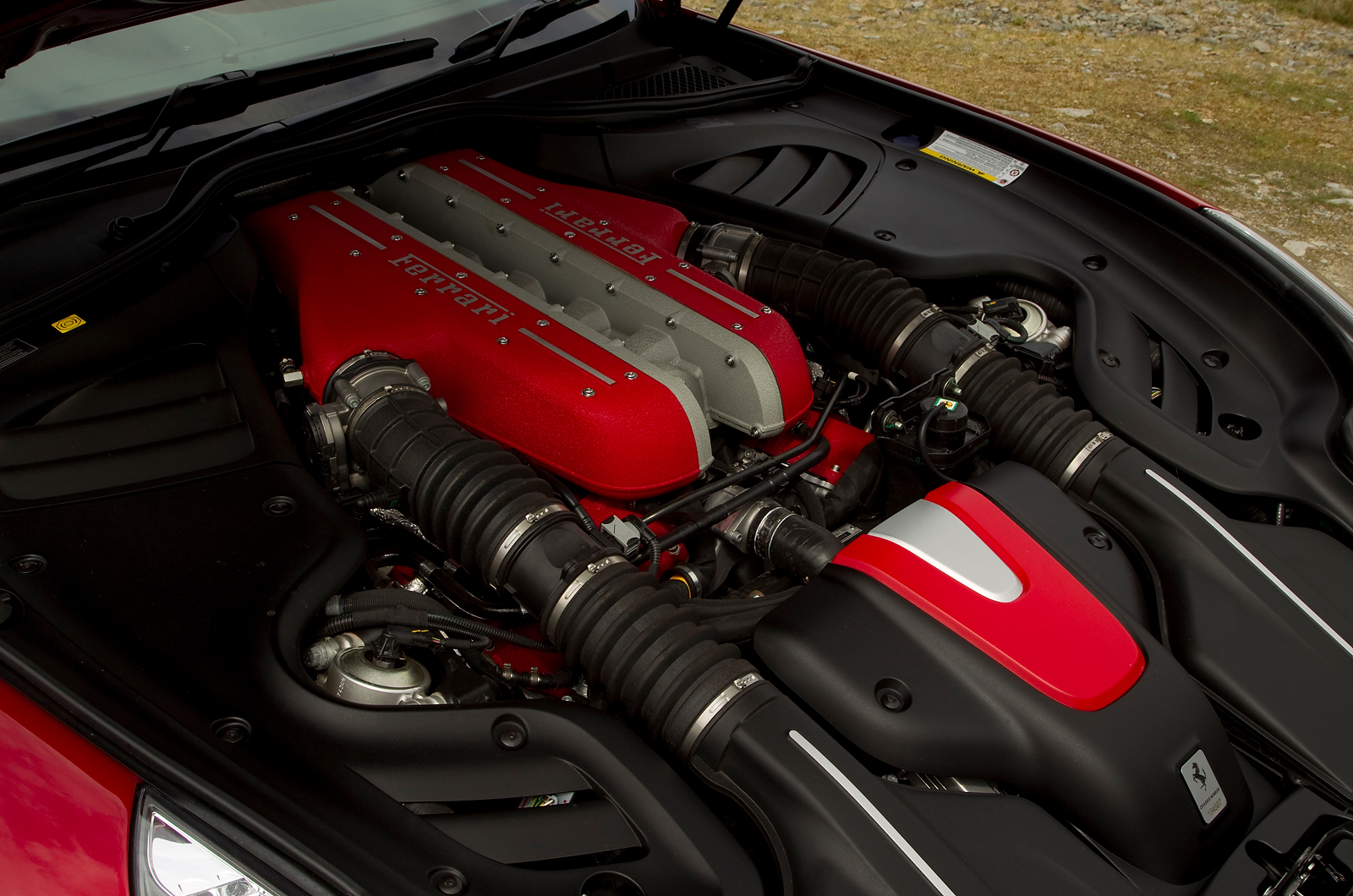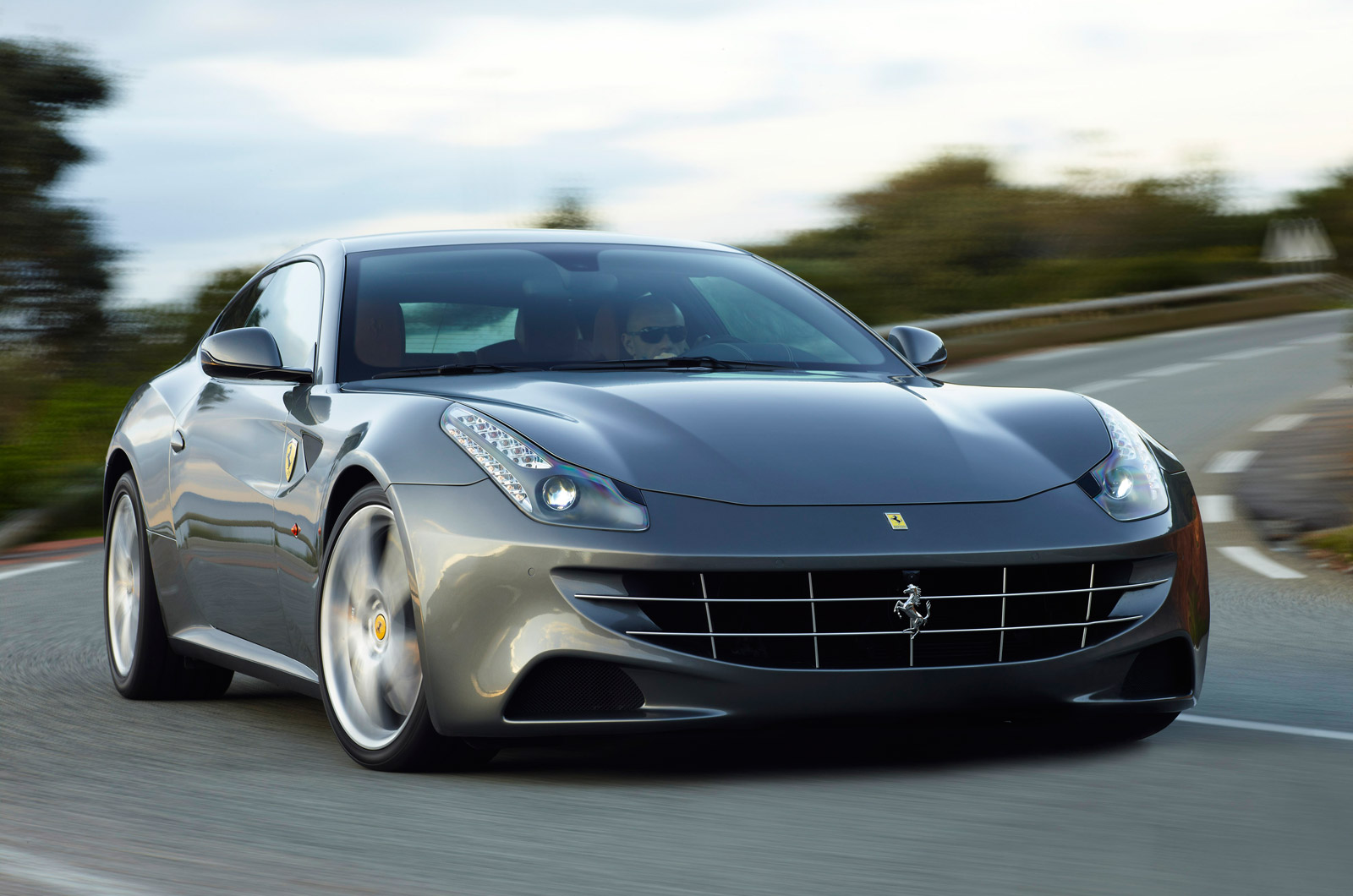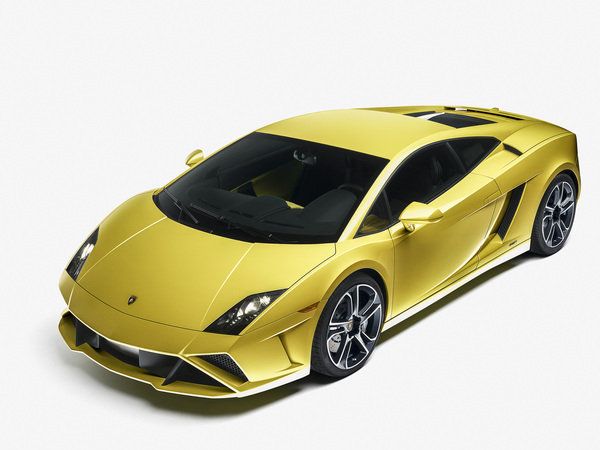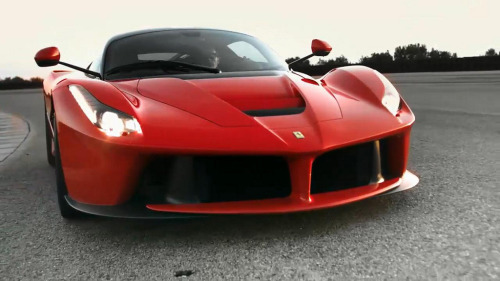At a Glance Basic Specs of 2013 Audi R8 :
- Engine: 4.2L V8 or 5.2L V10
- Torque: @ RPM: 317 @ 4500
- Displacement: 4.2 L
- Power: 430 HP (V8), 525 HP (V10), 550 HP (V10 Plus)/ 317 lb ft (V8), 391 lb ft (V10) 396 lb ft (V10 Plus)
- Transmission: 7-Speed Dual Clutch or 6-Speed Manual
- 0-60 Time: V8: 4.3 Seconds V10 Plus: 3.5 Seconds
- Top Speed: 196 MPH (V10 Plus)

The biggest change for the new Audi R8 V8 has been made under the hood where the V8 engine has been tricked to deliver an extra 10 horsepower over the previous version. There is also a new 7-speed S tronic gearbox.
Exterior updates are minimal and include a new front bumper and single-frame grille.
Like
previous years, the 2014 R8 will come in a number of flavors depending
on what you desire out of life. The cars are available with a
430-horsepower V8 or a 525-horsepower V10 and come in coupe or spyder
body styles. The biggest development is the addition of the R8 V10 Plus,
a 550-horsepower version of the car that is also 50 kilograms lighter
than the bog standard V10. Audi has also replaced the flappy paddle
gearbox with a double clutch unit that they've dubbed S-Tronic, which is
something they wanted to show off.
Think of
the V8 R8 as a Porsche 911 competitor and the V10 R8 as a Lamborghini
Gallardo and 911 Turbo competitor. Yes, all of those cars are built by
VW Group brands. Yes, all of those cars are great. That means the R8 has
to be pretty damn fantastic to have a hope in hell of being a
competitor.
It is.
Exterior :

When the hot rod Audi first hit the roads, there was a lot of second
guessing the styling. "That front end looks like a robot." "What the
hell is up with that weird side blade thing?" But if you hated it when
it first came out, I'm betting you like it a lot now. After seven years,
the car still looks modern and fresh. It was ahead of its time.
For 2014,
there are some small changes that sharpen the car up more. Audi loves
LEDs, and the car has LED headlights and LED accent lights; They all
look great. In the rear, there is a very funky new sequential indicator
setup which I find quite cool. The exhaust pipes are now massive gaping
circles that you could use as a grapefruit cannon. I'm a fan.

But viewed
from behind, I noticed that the R8 looks very Murcielago-ish now, which I
find an unfortunate choice. The R8 is mechanically similar to other
cars in the VW stable so it needs to be totally different from anything
in the VW family to keep comparisons like that away. It's a small
failure, but not an insignificant one.
Interior :

I've said this before: Audi really knows how to make an interior.
This thing is quality. The flat bottomed wheel is the perfect size,
especially in the Plus model, which is covered in Alcantara. For the
seats, there is a new diamond pattern available for the leather which
looks bespoke and handmade. It's also mirrored on the Alcantara
headliner.
Buttons are
all high quality and have a satisfying click. I did find a little
difficulty getting a comfortable driving position in the V10 cars, but
the V8 instantly felt like home. I find that strange, since the interior
is the same across the range (sweet rhyme!). Passenger legroom was also
a bit lacking, but then again, I'm fairly tall.Engine and Performance :
In Normal driving mode the V10 can be mistaken for a V6; it’s
somewhat tame and generally lazy. The magnetic ride suspension absorbs
most of the bumps and though you can certainly feel poorly surfaced
roads, it’s nothing out of the ordinary. It’s the ideal mode for a
Sunday drive down to the shops or when commuting in the inner city. But
press that rather large and well-presented Sports button and instantly
the gearbox goes into attack mode, the suspension firms up and
everything about the Audi R8 becomes far more serious.

In Sport mode, acceleration is instantaneous – no matter the speed or gear. This is largely thanks to the naturally aspirated 5.2-litre V10 engine and the new S tronic transmission, which seems to always be in the right gear and rev range for maximum power extraction.
Of course there are paddle shifters on the steering wheel (and if you go into manual mode the gearbox won’t shift up automatically when in Sport mode – riding the rev limiter instead), but the computer is so well tuned that it’s almost unnecessary to use the paddles unless you’re on a racetrack and have worked out a gear for each corner. No matter how we look at it, it’s hard to fault the gearbox.
With 316kW of power and 430Nm of torque, the updated R8 V8 hits 0-100km/h in 4.3 seconds (0.3 faster now with S tronic over R tronic – 4.6 seconds in manual) with a top speed of 300km/h. It also has that distinctive Audi R8 sound that is, for a lack of a better word, mesmerising.

If you must have the best, the Audi R8 V10 plus is the new king at Audi. It comes with pretty much all that Audi has to offer in terms of performance and looks. Its $400K-plus price point puts it in touch with a base model Lamborghini Gallardo but it’s every bit a better car for the money. It’s the ideal track car that can also be a regular drive.

In Sport mode, acceleration is instantaneous – no matter the speed or gear. This is largely thanks to the naturally aspirated 5.2-litre V10 engine and the new S tronic transmission, which seems to always be in the right gear and rev range for maximum power extraction.
Of course there are paddle shifters on the steering wheel (and if you go into manual mode the gearbox won’t shift up automatically when in Sport mode – riding the rev limiter instead), but the computer is so well tuned that it’s almost unnecessary to use the paddles unless you’re on a racetrack and have worked out a gear for each corner. No matter how we look at it, it’s hard to fault the gearbox.
With 404kW of power and 540Nm of torque (18kW and 10Nm more than regular
V10 – achieved mainly through software enhancements), the V10 plus is
just one kilowatt short of the Lamborghini Gallardo and can reach
0-100km/h in 3.5 seconds (using launch control).
Driving Satisfaction :
Audi brought one along and, we have to say, it remains our favourite
R8. Firstly because it’s offered with a manual transmission (not
available in V10) and although the S tronic (which is also available
with the V8) is fantastic, the gated six-speed manual in the R8 is
arguably the best in any sports car today. Secondly, it feels more
composed, balanced and generally easier to drive.
There’s no doubt the V10 plus is faster and superior in the hands of a
racing driver but for the regular buyer, one who spends more time on
roads than racetracks, the V8 is more than good enough both on the road
and in the occasional track session.With 316kW of power and 430Nm of torque, the updated R8 V8 hits 0-100km/h in 4.3 seconds (0.3 faster now with S tronic over R tronic – 4.6 seconds in manual) with a top speed of 300km/h. It also has that distinctive Audi R8 sound that is, for a lack of a better word, mesmerising.

If you must have the best, the Audi R8 V10 plus is the new king at Audi. It comes with pretty much all that Audi has to offer in terms of performance and looks. Its $400K-plus price point puts it in touch with a base model Lamborghini Gallardo but it’s every bit a better car for the money. It’s the ideal track car that can also be a regular drive.
